2024 Volkswagen Atlas Review – Changing Yet Staying the Same

I was cruising along a Catskills two-lane in a 2024 Volkswagen Atlas at a leisurely yet quick pace when I caught a flash of brown and white out of the corner of my eye. Conversation with my drive partner ceased and I instinctively got deep into the brakes as Bambi decided that she needed to cross the road right that second, traffic be damned.
I saw the deer early enough that a panic stop wasn't necessary, though the Atlas's binders offered a steady, smooth feel. After we stopped, I found myself wondering – was the deer curious about the changes to the Atlas?
If so, she’d have to look at the inside and under the hood to see the most significant changes. There are exterior changes, too, but they’re more subtle. Perhaps the most notable is an available light bar that spans the grille.
Other exterior changes include new LED headlights, standard adaptive headlights, and LED rear lighting that includes a vehicle-wide lightstrip.
Subtle enough that unless you’re a VW fanatic, you might not know at a glance that the Atlas has changed at all.
The five-seat Atlas Cross Sport has received a similar refresh, as well, and I will bring you my thoughts on Monday.
(Full disclosure: Volkswagen flew me to the Catskills for one night and fed and housed me. The company proffered a coffee mug, one of those star charts we used in astronomy classes back in the day, and some boutique bar soap as swag. The star chart and mug found their way into my bag, the bar soap did not. I prefer body wash.)
The change that made me sit up and take notice the most involved what’s happening under the hood. Gone is the VR6 V6. Also gone is the previous four-cylinder EA888 engine. Both are replaced by a sole choice: A new version of the EA888 that also displaces 2.0 liters. This one makes 269 horsepower and 273 lb-ft of torque. It still pairs with an eight-speed automatic transmission, and the Atlas remains available with either front-wheel or all-wheel drive.
Volkswagen aficionados will note that this is a version of the same engine that’s used in the Golf R, GTI, and Arteon, though it’s tuned differently for this application.
Inside, the changes are much more noticeable. The damnable haptic touch functionality makes another appearance here. Yes, Volkswagen has said it will move away from these controls, but that announcement was likely made after this version of the Atlas was too far along in its development to change.
Other updates include customizable digital gauges, a new shifter, and a new USB-C port for a dash cam. The dash design is a bit different from before – the biggest change is that the infotainment screen now appears to “float”. Also, the change to the shifter allows for a pass-through below the center console.
A head-up display is available.
Also now standard: VW’s IQ.Drive advanced-driver aid system that includes active-side assist, lane-assist, adaptive cruise control, front assist, and rear traffic alert.
Volkswagen also made previously optional features standard. No longer do you need to drop extra coin for a heated steering wheel, tri-zone automatic climate control, cooled front seats, voice control, and a height-adjustable passenger seat. VW has also moved the availability of leather seats and heated rear seats one trim level down from where it was before.
Soft-touch materials and fake wood that looked real classed up the cabin of the R-Line I was piloting.
The new four-banger has a 34 horsepower/15 lb-ft of torque advantage over the old one, and it makes just a skoosh less horsepower than the VR6 while having seven more lb-ft of twist. On road, it doesn’t feel terribly different – power still isn’t enough to blow anyone’s doors off but it’s fine for suburban use and passing/merging. Drop the hammer and you don’t rock back in your seat, but you build speed enough to keep up with traffic flow.
Ride and handling dynamics are little changed from before. The vaguely artificial-feeling yet accurate steering remains – this is a hallmark of most VW products. The ride is smooth and compliant without being soft, though the roads we traversed were generally smooth.
VW says that AWD models are a bit slimmer, and the one I drove did feel a tiny bit lighter on its feet, though the difference is subtle.
The haptic touch did work better, at least for climate control, than it has for me in other recent VWs with the same setup, and I liked the customizable gauges. On the other hand, I don’t know why VW decided the headlight controls needed to be haptic touch – it not only needlessly complicates a simple function but it was also tricky to work and it distracted me from driving.
Even if the haptic controls are better, I still miss volume and tuning knobs.
Road noise was well controlled – the only outside sounds that intruded were the engine when it was pressed into hard acceleration. It’s not the smoothest-sounding mill but it’s not unpleasant or thrashy, either.
Headroom and legroom in the front and second row are plentiful and it’s easy to get comfy. I did forget to climb into the third row, sorry.
Perhaps my biggest complaint was an overly aggressive lane-keeping assist system.
The overall driving experience is pleasantly forgettable. If you want sport, shop Mazda, maybe Ford. If you want something that gets you from point A to point B in comfort with little fuss or muss, the Atlas works well for that.
It’s comfortable, quiet, and smooth. Those qualities are oft prized by those shopping for family-oriented utility vehicles.
Those who tow will be happy to notice that the 5,000-pound capacity remains unchanged. Fuel economy for front-drive models is 20 mpg city/27 mpg highway/23 mpg combined. All-wheel drive models have some variation by trim, with the highest highway number being 27 mpg and the lowest city number being 18 mpg for the Peak Edition. The highest combined number is 23 mpg for a base Atlas.
The trim walk is as follows – SE ($37,725 for FWD, $39,625 for AWD), SE with Tech ($41,665 FWD, $43,565 AWD), Peak Edition with Tech ($46,555), SEL ($48,455), Peak Edition SEL ($50,435), and SEL Premium R-Line ($52,455). The upper trims are AWD only.
We learned a bit about the available Peak Edition during this year’s New York Auto Show, and here’s how it’s packaged: 18-inch black wheels, all-terrain tires, black and silver body cladding, black-out exterior trim, and unique interior trim. Two special colors are available – Avocado Green or Pure Gray.
Key new features that add up as you climb the ladder include 20-inch wheels, the light bar, and the dash cam for the SE with Tech; leather seats, heated second-row seats, 30-color interior ambient lighting, head-up display, and predictive adaptive cruise control for the SEL.
The R-Line doesn’t get new stuff but it remains the top-dog trim with 21-inch wheels and Harmon Kardon audio. With the destination fee of $1,350, plus $395 for Aurora Red paint and $695 for second-row captain’s chairs, the SEL Premium R-Line I drove cost $54,895.
Other key features that carry over, depending on the trim, include six USB-C ports, 18-inch wheels for the SE, keyless starting, heated front seats, rain-sensing wipers, power liftgate, remote start, park-distance control, navigation, memory driver seat, power passenger seat, and road-sign display. A panoramic sunroof is available on the SE with Tech and standard on the SEL trims and the Peak Editions. Black wheels are available for trims other than the Peak Edition.
I like the Atlas as basic transport in this segment. It’s a tad boring to drive, though not offensively so. It handles noise, vibration, and harshness well, and the inside is spacious with all-day comfortable seats. The biggest flaw remains the haptic-touch controls.
You can get a more fun to drive three-row crossover elsewhere. You can get a three-row crossover with sexier styling elsewhere. You’d also pay a bit more. For those who want something that just works, the Atlas remains a good choice.
Certainly good enough that the local fauna found it worth a close look.
[Images © 2023 Tim Healey/TTAC, Volkswagen]
Become a TTAC insider. Get the latest news, features, TTAC takes, and everything else that gets to the truth about cars first by subscribing to our newsletter.

Tim Healey grew up around the auto-parts business and has always had a love for cars — his parents joke his first word was “‘Vette”. Despite this, he wanted to pursue a career in sports writing but he ended up falling semi-accidentally into the automotive-journalism industry, first at Consumer Guide Automotive and later at Web2Carz.com. He also worked as an industry analyst at Mintel Group and freelanced for About.com, CarFax, Vehix.com, High Gear Media, Torque News, FutureCar.com, Cars.com, among others, and of course Vertical Scope sites such as AutoGuide.com, Off-Road.com, and HybridCars.com. He’s an urbanite and as such, doesn’t need a daily driver, but if he had one, it would be compact, sporty, and have a manual transmission.
More by Tim Healey
Latest Car Reviews
Read moreLatest Product Reviews
Read moreRecent Comments
- Plaincraig A way to tell drivers to move over for emergency vehicles. Extra points if it tells were it is coming from and which way you should move to get out of the way.
- EBFlex Ridiculous. “Insatiable demand for these golf carts yet the government needs to waste tax money to support them. What a boondoggle
- EBFlex Very effective headlights. Some tech is fine. Seatbelts, laminated glass, etc. But all this crap like traction control, back up cameras, etc are ridiculous. Tech that masks someone’s poor driving skills is tech that should NOT be mandated.
- Daniel There are several issues with autonomous cars. First, with the race the get there first, the coding isn't very complete. When the NTSB showed the coding and how that one car hit the lady crossing the road in the storm, the level of computation was very simple and too low. Basically, I do not trust the companies to develop a good set of programs. Secondly, the human mind is so very much more powerful and observant than what the computers are actually looking at, Lastly, the lawsuits will put the companies out of business. Once an autonomous car hits and kills someone, it will be the company's fault--they programmed it.
- FreedMike Can we mandate tech that makes Subarus move the f**k out of the fast lane?




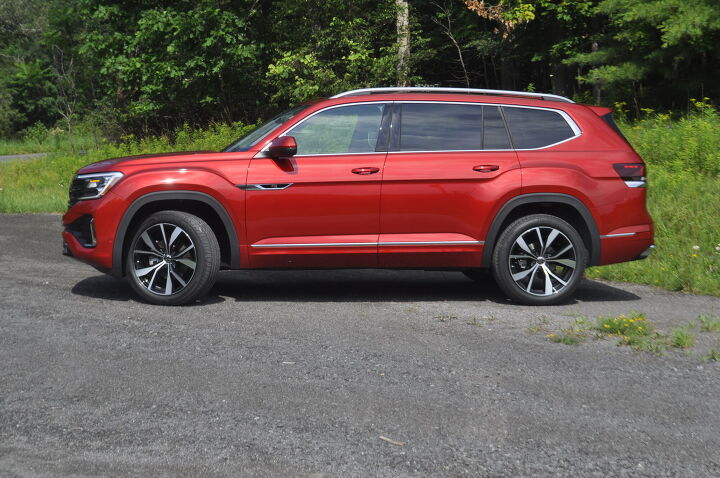



















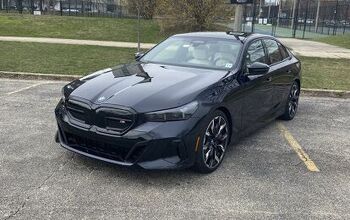
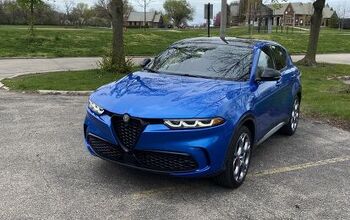
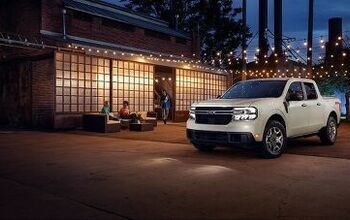

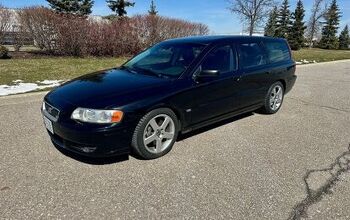
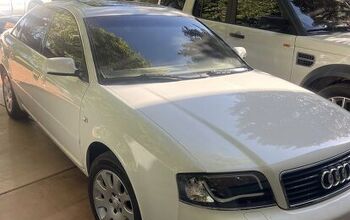
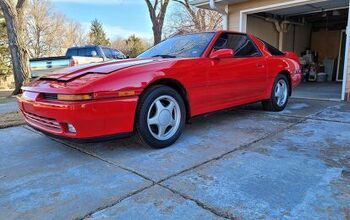
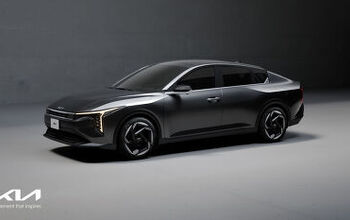
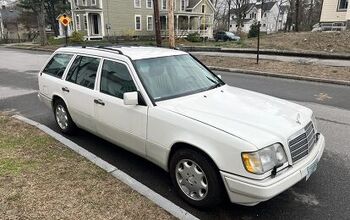
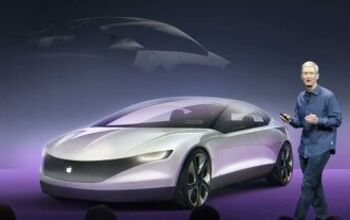
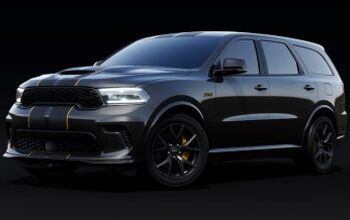
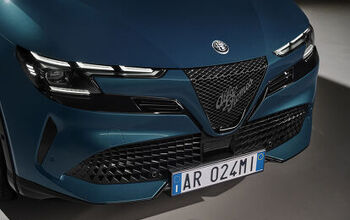
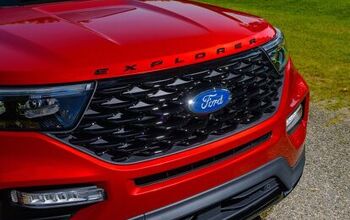

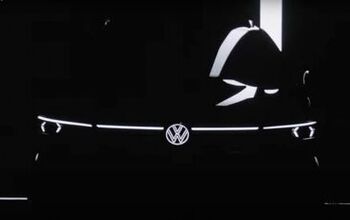
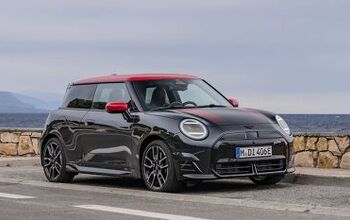
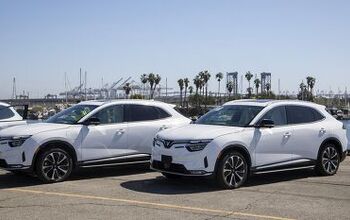
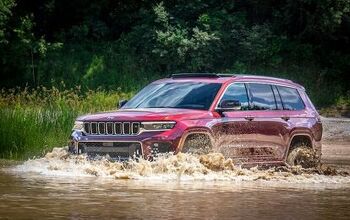
Comments
Join the conversation
I've actually been noticing a few of these around... they may be in proportion to the amount of earlier VW branded product I've seen in my travels but Atlas is more noticeable because its big sucker.
Should be mentioned that this is the 2nd refresh for the Atlas and finally fixes one of its biggest problem areas - chinzy interior materials.
Not class leading, but a good bit better than before.